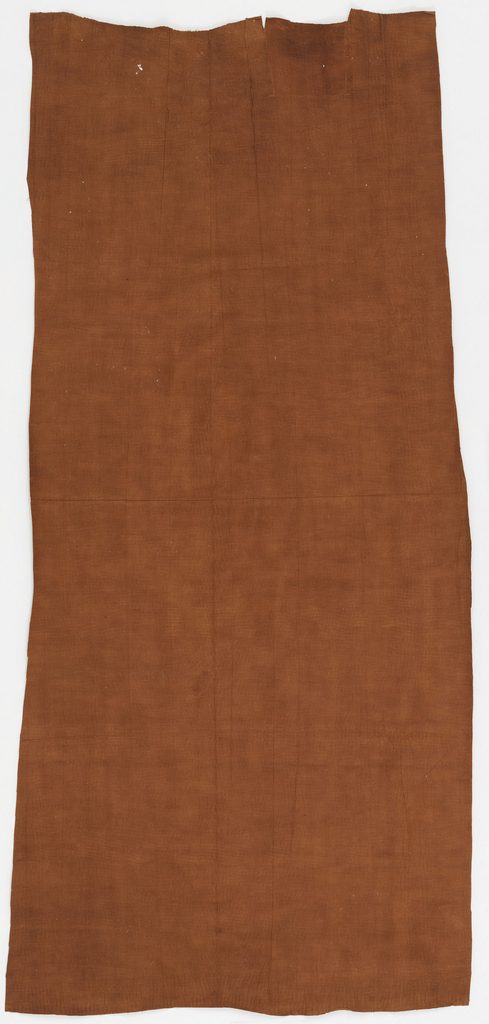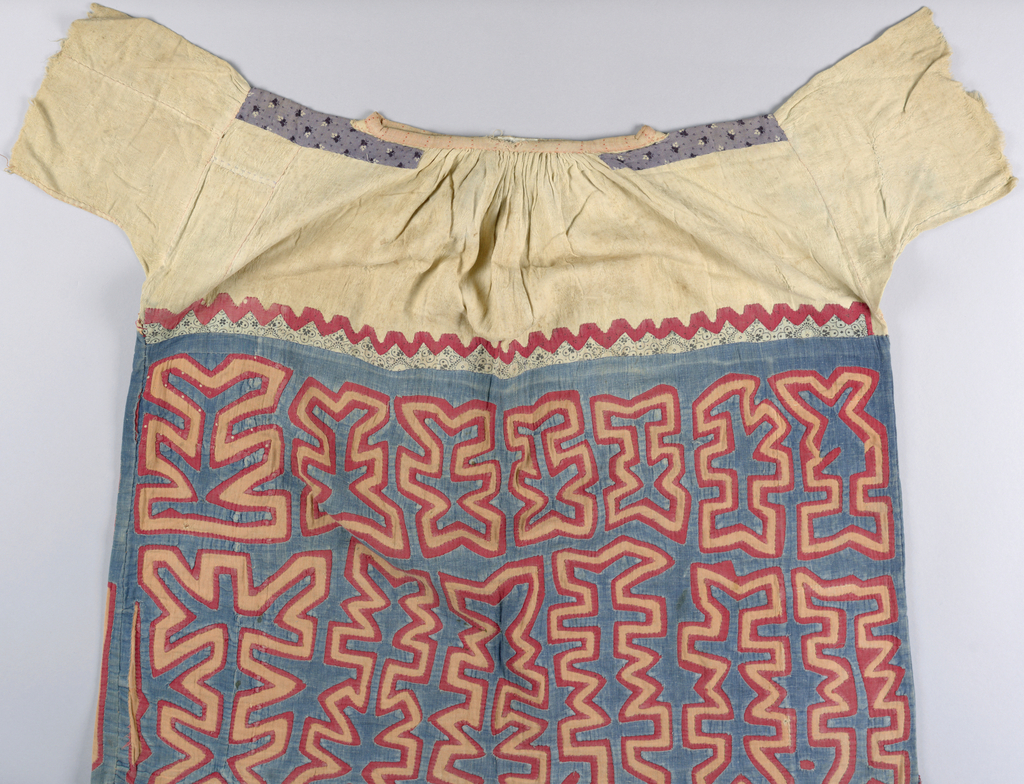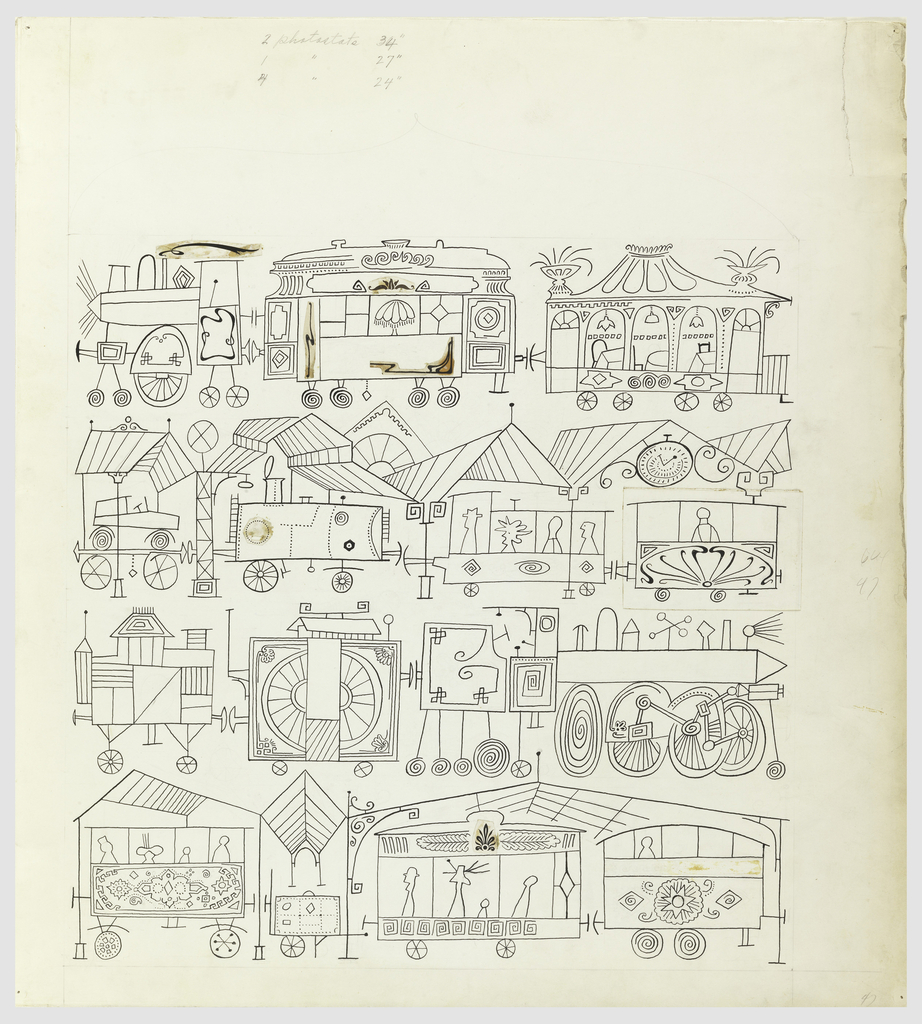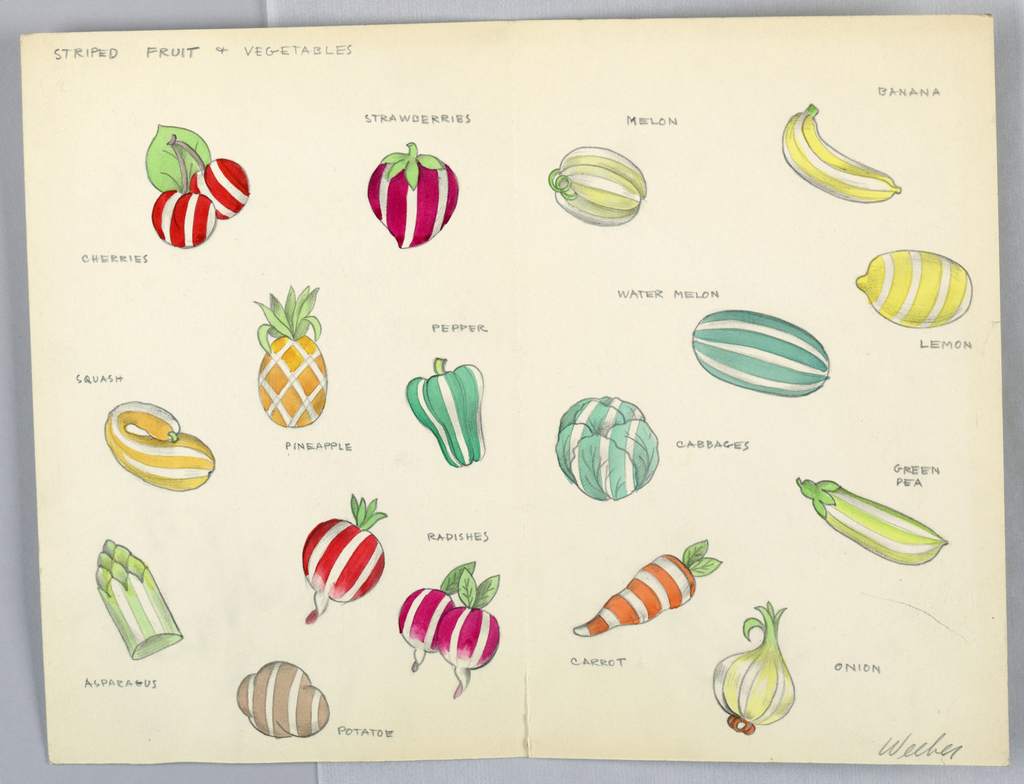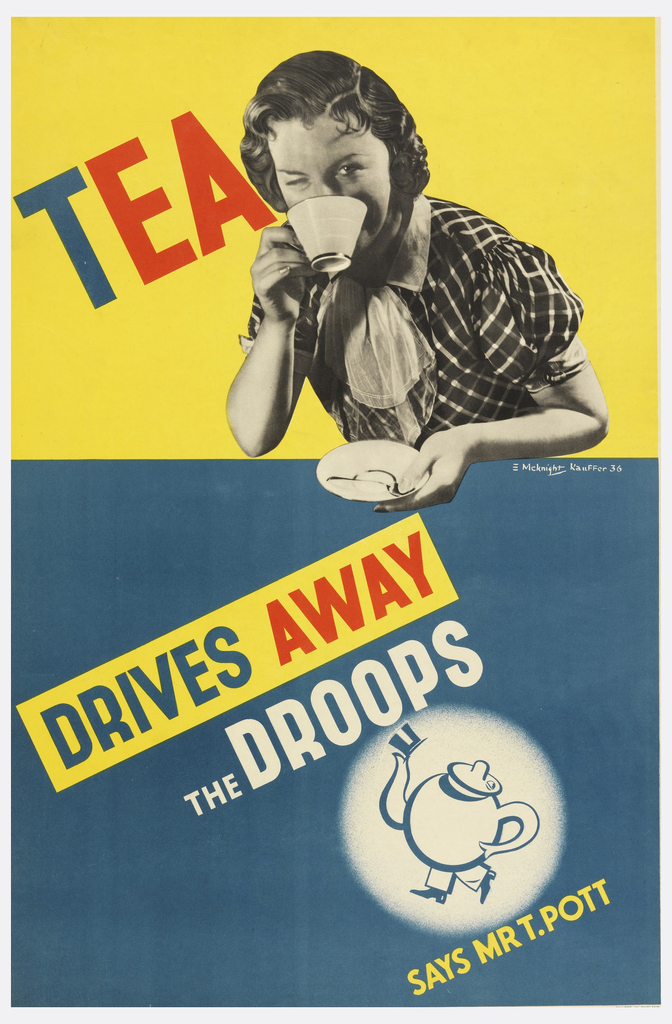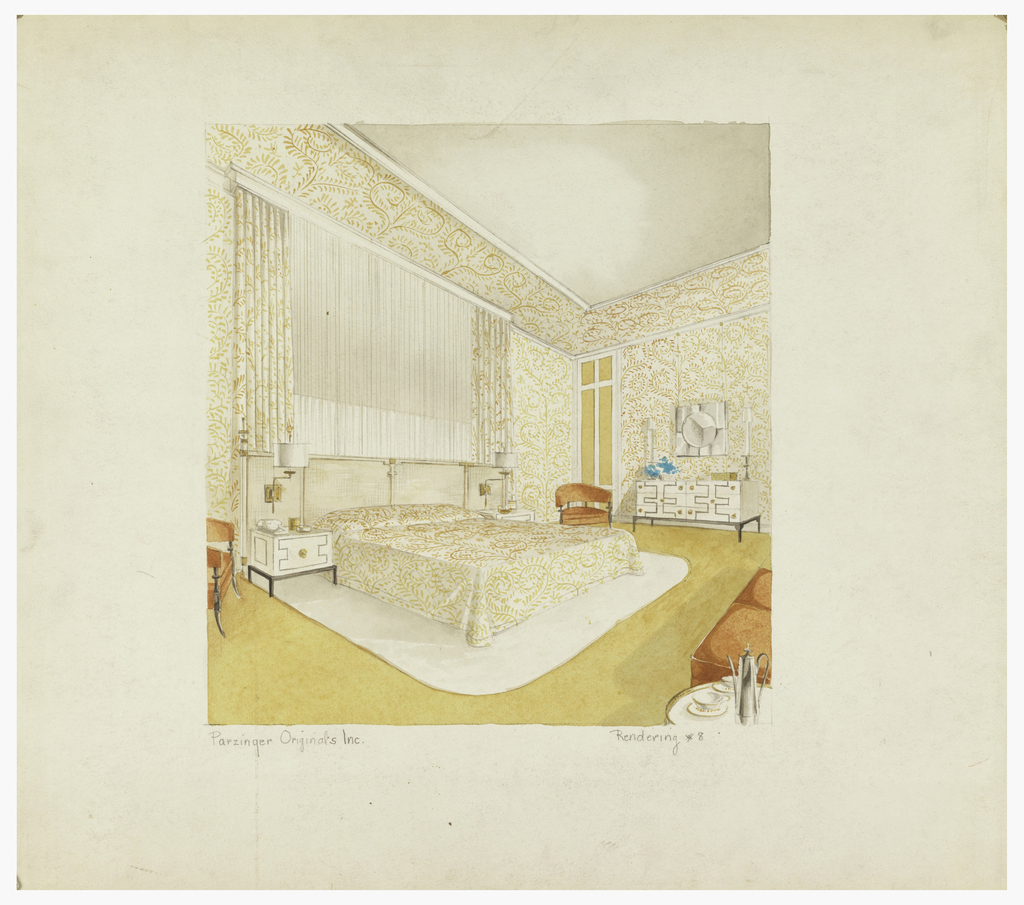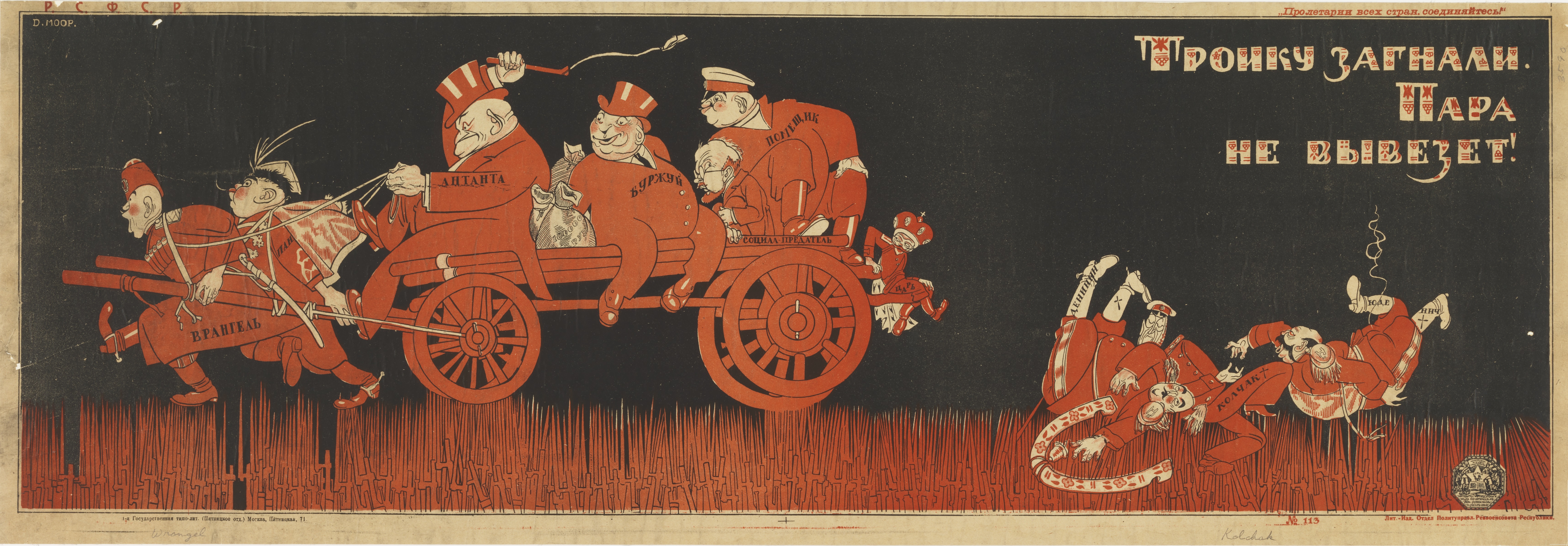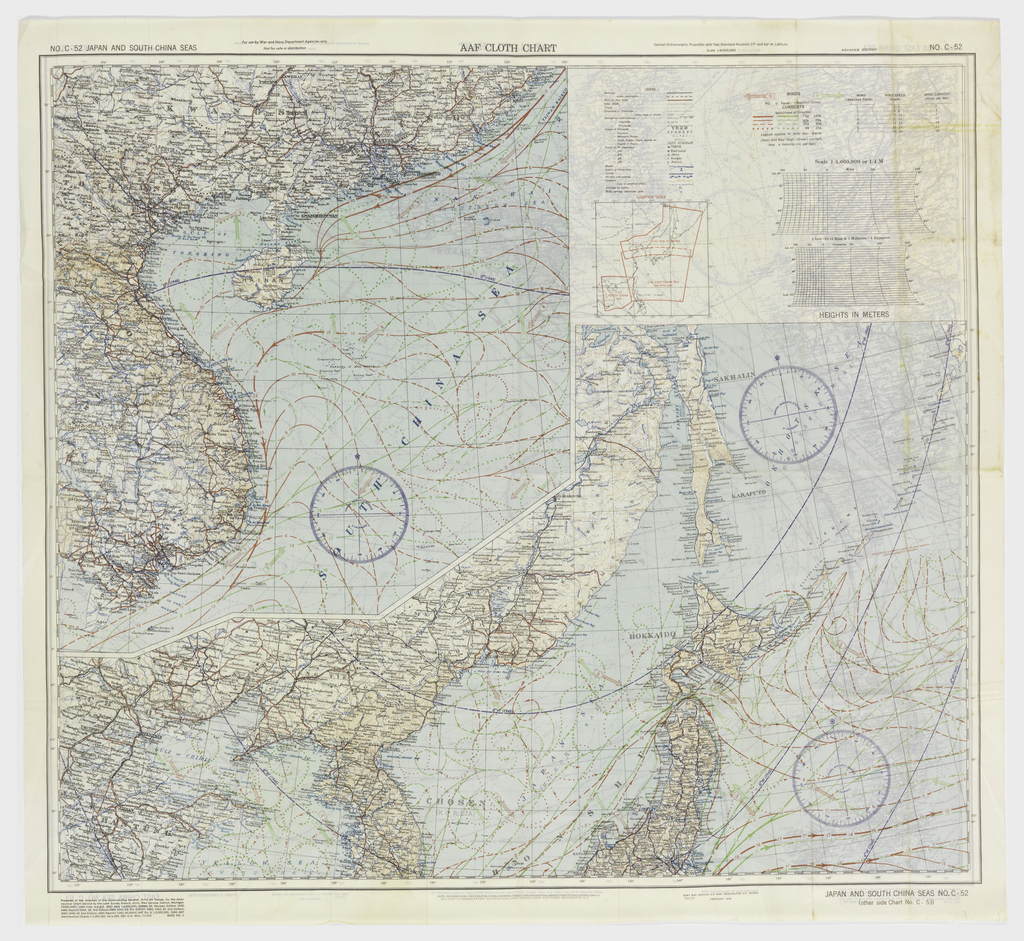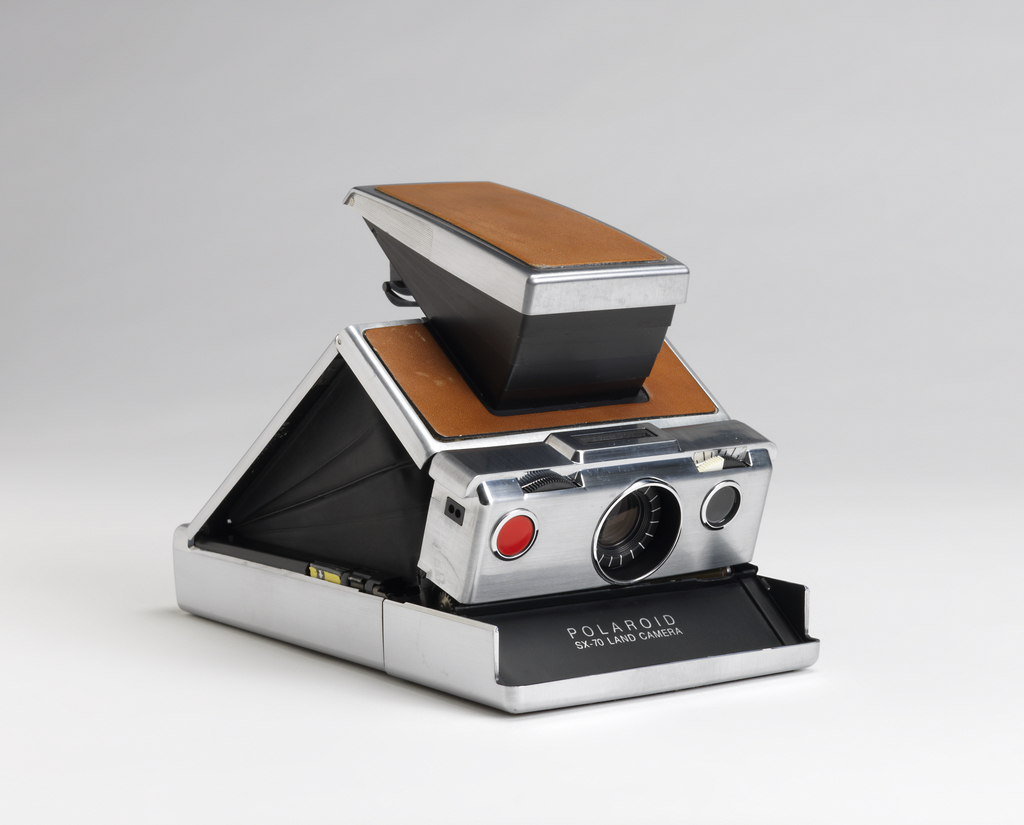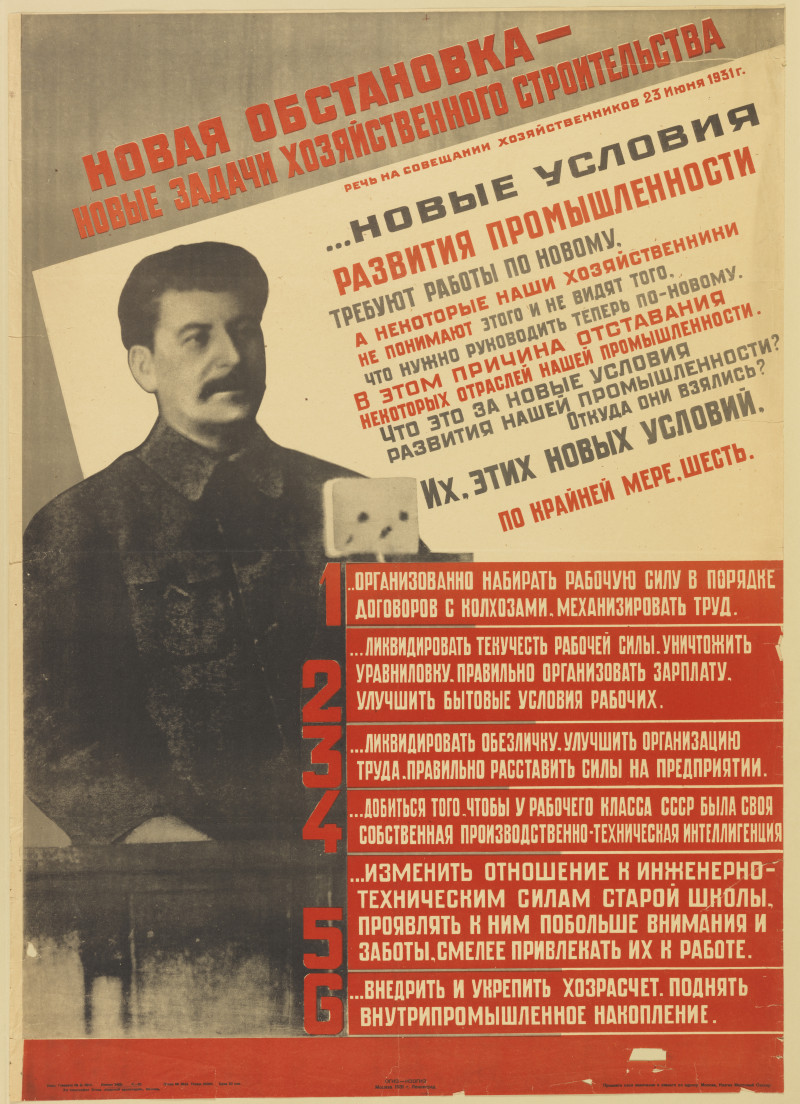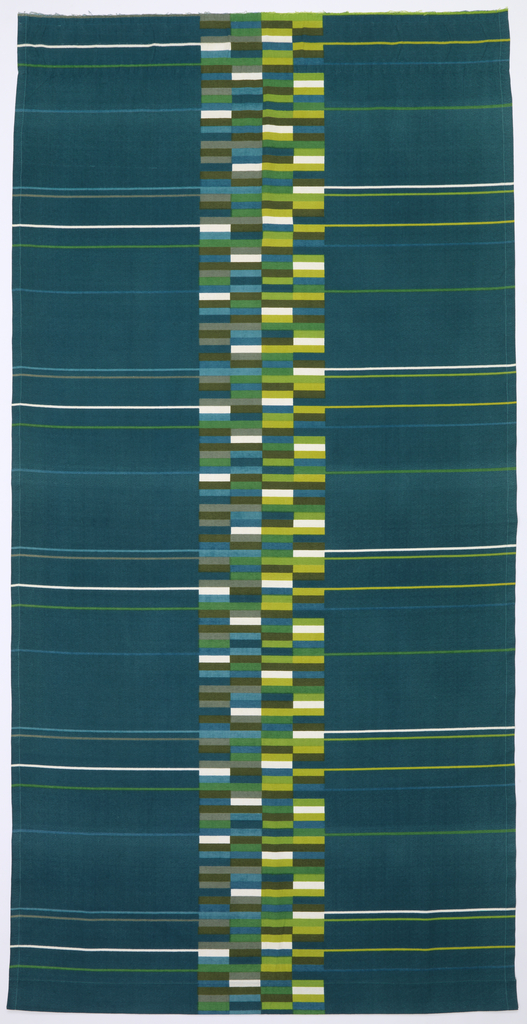Author: Lesli Robertson In celebration of the fourth annual New York Textile Month, members of the Textile Society of America will author Object of the Day for the month of September. A non-profit professional organization of scholars, educators, and artists in the field of textiles, TSA provides an international forum for the exchange and dissemination...
Author: Janine LeBlanc In celebration of the fourth annual New York Textile Month, members of the Textile Society of America will author Object of the Day for the month of September. A non-profit professional organization of scholars, educators, and artists in the field of textiles, TSA provides an international forum for the exchange and dissemination...
Born in Romania in 1914, Saul Steinberg once described himself as “a writer who draws.”[1] Steinberg fled Europe in 1941, settling in New York City by 1942. While living in the United States, he traveled widely and observed the world around him in a highly whimsical style with an eye toward criticism and satire. Steinberg’s...
From squash to cherries and peppers to pineapple, Marion Weeber’s button designs are as simple as they are charming. Her evocative shapes, bright colors, and whimsical stripe patterns unify this disparate array of fruits and vegetables, drawn in graphite and painted with watercolor. The buttons themselves were made of individually molded celluloid-a synthetic plastic. Cooper...
“The Battle of the Centuries” was a dish washing contest between Mrs. Drudge and Mrs. Modern, between hand washing vs. electric dishwashers at the 1939/40 New York World’s Fair. This contest promoted all the benefits of modern appliances and is part of the history of new and improved technology in the modern age. The Cooper Hewitt Library...
Until the 1920’s, the tea industry’s main outlet was Great Britain, where consumption had been rising significantly since the beginning of the century[1]. This situation changed after the First World War and the economic crisis following the 1929 Wall Street Crash. Traditional surpluses in tea production from British India and Ceylon surged, while increasing pressure...
I was lucky enough to have lived with Tommi (Anton) Parzinger furniture as a teenager. I was raised in a modern house, and my mother worked with an interior designer who ordered several Parzinger pieces, a brass-studded sideboard, a brass chandelier and a coffee set. Today my sister has the sideboard and I have the...
In this Soviet poster designed by Dmitri Moor, cartoonish figures trek across a dark landscape transformed by war. Along the lower border, Moor substitutes bloody bayonets for blades of grass, implying that Soviet land is hostile to these travelers, all of whom are enemies of the Bolshevik cause. The poster satirizes Soviet adversaries in both...
“Escape and Evasion” maps were given to airmen during World War II to avoid capture behind enemy lines. Such maps were one of many in the military man’s arsenal, but in some respects this navigational tool represents one of the most significant products of war-era ingenuity. This Pacific Ocean “drift map,” scaled at 1:4,000,000, illustrates...
From the archives, an Object of the Day blog post on the Polaroid SX-70,. The 1972 point-and-shoot camera revolutionized instant photography. Now on view in Bob Greenberg Selects.
Bold text surrounds a black-and-white photograph of Joseph Stalin in this Soviet poster from 1931. The poster was designed to reinforce the tenets of a speech by the leader, delivered to a meeting of industrial managers in June of the same year. The speech outlined six conditions for new industrial development, all of which are...
Often called “England’s Eamses,” Robin and Lucienne Day were a designing couple utterly committed to modernism. The unexpectedness and vitality of their postwar interior furnishings, particularly Lucienne’s pattern designs for textiles, carpets, wallcoverings, and dishware, shaped the look of modern England in the 1950s. Lucienne is rightfully famous for Calyx, the organic design inspired by the work...
The Lindy Hop was a swing dance phenomenon, but the Finnish Hop? This lively design was produced by the artists’ collective know as The Folly Cove Designers, for its location near Gloucester on the Massachusetts coast. Many Finnish immigrants had settled there, attracted by skilled work in the granite quarries or the boat building industry....
Cooper-Hewitt recently acquired several original prototypes and drawings used to develop OXO's Good Grips product line. Cooper-Hewitt curators identified this line for the museum's collection because the products were a game-changing innovation iconic of late 20th century design. Watch this video to learn more about the story behind the objects.
Design Watch Members from across the nation met in Miami for a memorable week of design. The seventh edition of Design Miami/ featured the world’s leading galleries specializing in 20th and 21st century collectible design. This year’s expanded fair included 28 galleries. Among them, Cristina Grajales Gallery, Galerie Maria Wettergren, Moss, Mark McDonald, Venice Projects,...
